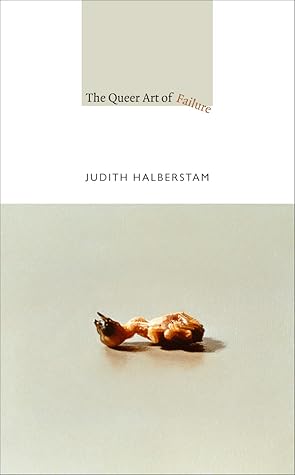More on this book
Kindle Notes & Highlights
We may, ultimately, want more undisciplined knowledge, more questions and fewer answers.
Learning in fact is part memorization and part forgetting, part accumulation and part erasure.
forgetting that is not a denial.
failure presents an opportunity rather than a dead end; in true camp fashion, the queer artist works with rather than against failure and inhabits the darkness. Indeed the darkness becomes a crucial part of a queer aesthetic.
Can we produce generative models of failure that do not posit two equally bleak alternatives?
The concept of practicing failure perhaps prompts us to discover our inner dweeb, to be underachievers, to fall short, to get distracted, to take a detour, to find a limit, to lose our way, to forget, to avoid mastery, and, with Walter Benjamin, to recognize that “empathy with the victor invariably benefits the rulers” (Benjamin, 1969: 256).
forgetfulness as an interruption to generational modes of transmission that ensure the continuity of ideas, family lines, and normativity itself.
The politics of refusal emerges in its most potent form from anticolonial and antiracist texts and challenges colonial authority by absolutely rejecting the role of the colonized within what Walter Mignolo, citing Anibal Quijano, has called “a coloniality of power” (2005: 6).


